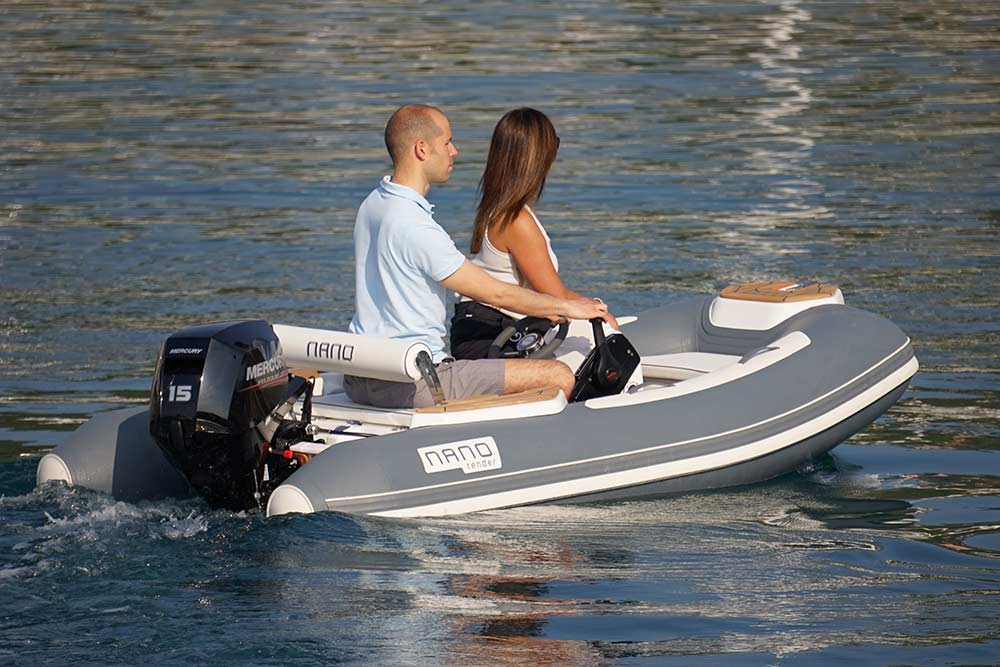Boarding from the tender to the boat: tips to avoid injuries, falling into the water, and… embarrassing situations!
 Often, what happens in the space between the tender and the yacht is worthy of being filmed and sent to Paperissima. In reality, there’s little to joke about when the sea is rough or the wind is strong, or when the transfer is performed clumsily, causing injuries or drownings.
Often, what happens in the space between the tender and the yacht is worthy of being filmed and sent to Paperissima. In reality, there’s little to joke about when the sea is rough or the wind is strong, or when the transfer is performed clumsily, causing injuries or drownings.
It can happen to anyone: guests unaccustomed to navigation, elderly people with mobility difficulties, children, but also experienced boat owners betrayed by a moment of distraction.
In short, we can all lose our balance in that crucial moment when we have one foot on the tender and the other on the boat. Here are some tips for boarding safely and avoiding any type of accident.
The tender must be stable

The real problem, in fact, lies in the distribution of weights (people, bags, objects, various equipment) on board the inflatable boat.
If the weights are not evenly distributed, if there are more people sitting on the left tube rather than on the right one, the inflatable boat becomes unbalanced on one side and the equilibrium becomes precarious.
It may seem rather trivial to remember, but how many times have we seen people tip over all to one side of the dinghy and fall into the water before trying to board the boat.
Watch out for missteps

Yes, because once we have placed one foot on the boat, immediately after lifting the supporting foot from the inflatable, the risk of pushing the tender away from the boat is always lurking: the legs spread beyond the limit, the scene becomes comical and here it is… man overboard.
The inflatable boat, in fact, is prone to slipping in the water, being made up of floating tubes and an almost flat hull.
Boarding from the tender to the boat from the side

These “safety gates” are found at points where the guardrail is interrupted, usually on the left or right between the cockpit and the shrouds (which can also be used to grab onto, being long, resistant, and easily graspable).
Moreover, along the bulkhead of many yachts, there is almost always the possibility of mounting ladders or step-shaped fenders.
On more sophisticated boats, the transom lowers, creating a wide area for transit, or there is a swim platform, where you can sunbathe or dive. Both methods represent excellent solutions for transfer operations from a tender.
As a final suggestion, remember to use a line from the inflatable and tie it to a cleat on the boat before starting the transfer on board: at least you’ll be sure that the tender won’t drift away from the boat. For the rest, watch out for missteps. And for those filming you with their smartphones…




